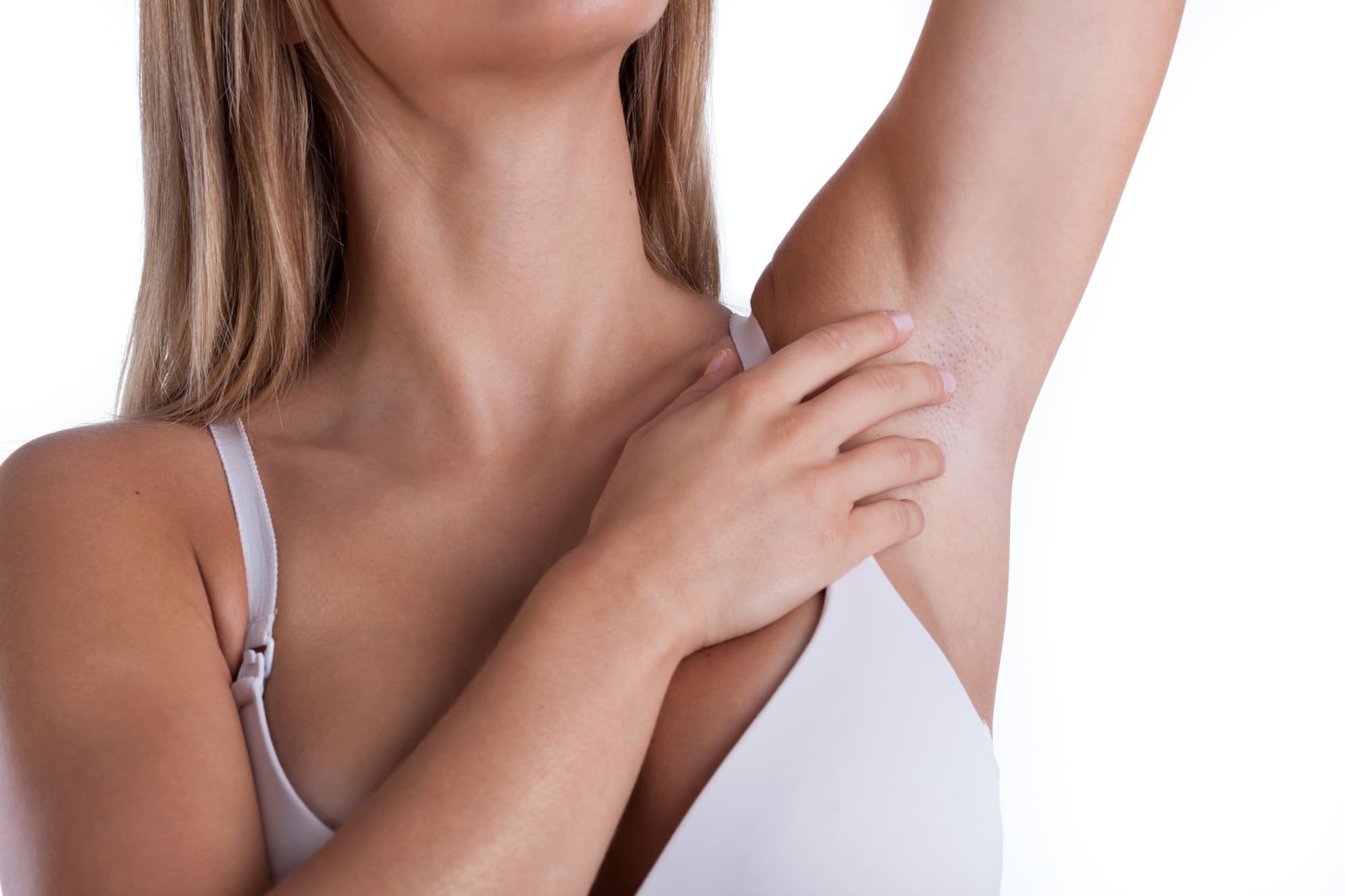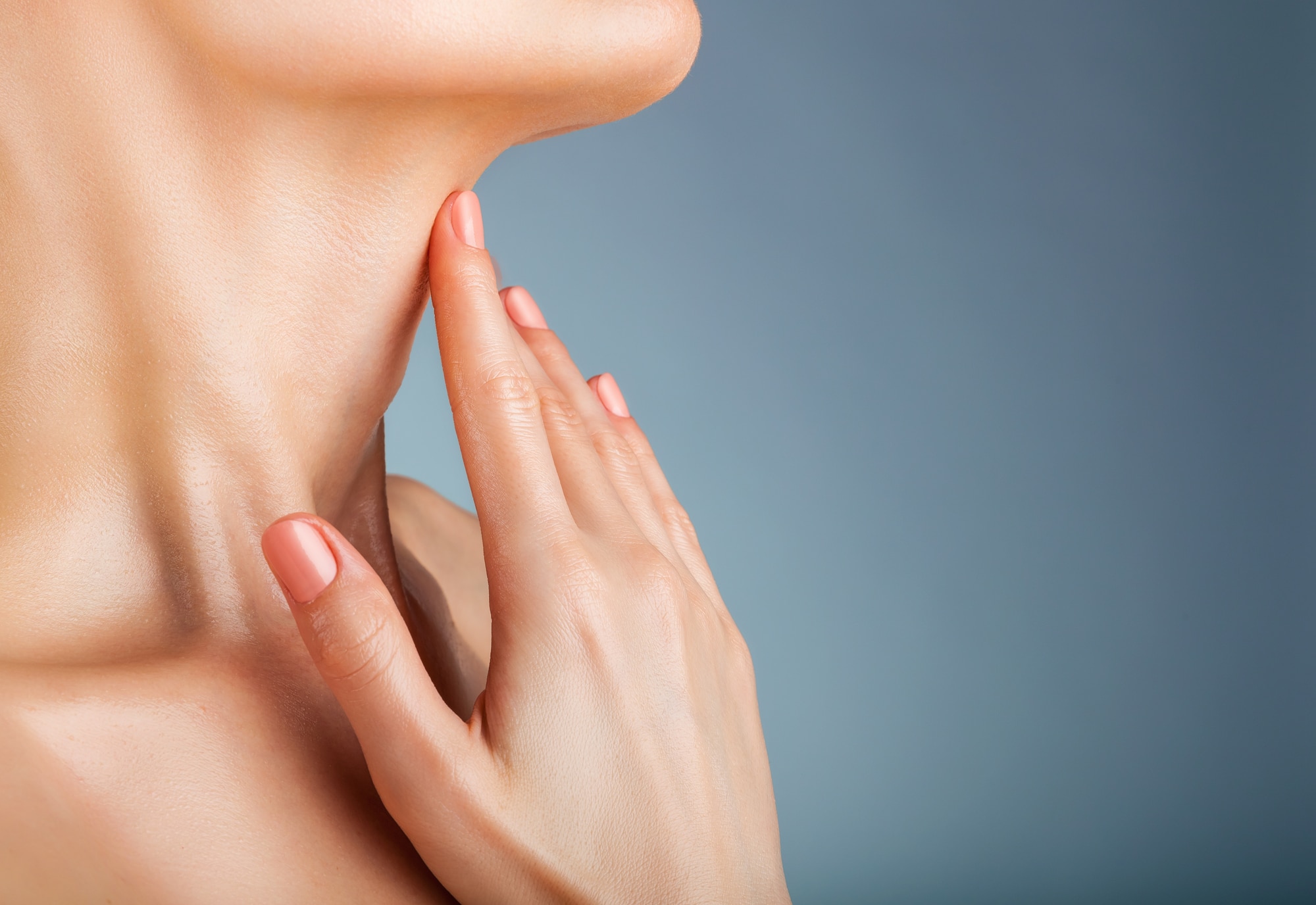As we age, changes occur to our facial bone, soft tissue, and skin (Swift et al, 2020). The bones of the face begin to recede starting in our 30’s (Swift et al, 2020). The visible signs that can be seen regarding our bone recession and repositioning include: the lower forehead begins to flatten, eyebrows begin to descend, the nasal tip may begin to droop, our orbital bone begins to be reabsorbed leading to an appearance of smaller eyes (Swift et al, 2020). These changes in our bone structure can lead to a general softening of facial angles (Swift et al, 2020).
The fat pads located within our cheeks, forehead, orbital (eye) area, and nasolabial area begin to shift and reposition, typically as a result of degradation of overtime (Swift et al, 2020). As a result of the fat pads shifting, this can lead to an increased appearance of hollowness of the temples and/or cheeks, increased appearance of puffy eyes, increased yowling, and increased wrinkle reduction (Swift et al, 2020). Tear troughs become more visible because of a degradation of fat in the area, decreased thickness of soft tissue, and as a result of the fat pads in that area moving downwards (Swift et al, 2020).
The muscles within our face may begin to show signs of wrinkling as a result of consistent use/contraction of those muscles (Swift et al, 2020). One reason Neurotoxin is effective in treating wrinkling is due to its ability to decrease the contraction of these muscles. For example, when treating the area between the eyebrows, Neurotoxin decreases the muscle’s ability to contract/move. With the muscles moving less, there is a decreased the risk of the skin forming static lines and further wrinkling over time.
Our skin is subject to aging related to the passage of time as well as exposure to environmental allergens (Swift et al, 2020). Environmental exposure, specifically sunlight and smoking, cause coarse, deep wrinkling, increase uneven and rough texture, mottled pigmentation, and spider veins (Swift et al, 2020). Smoking and UV sun exposure also negatively impact the ability of the skin to remain hydrated therefore increasing the risk of developing coarse skin texture (Swift et al, 2020). Collagen and elastin are fibers found in the dermis of our skin, which is the layer of our skin underneath the epidermis. Collagen gives the skin its strength while elastin gives the skin its flexibility (Swift et al, 2020). Both environmental exposure and the passage of time cause the skin to break down more collagen than it can create and start at 40 years of age our elastin creation slows down significantly (Swift et al, 2020). All of these factors lead to facial skin increasing in laxity, loss of hydration, and a visible increase in the appearance of uneven pigment (Swift et al, 2020).







